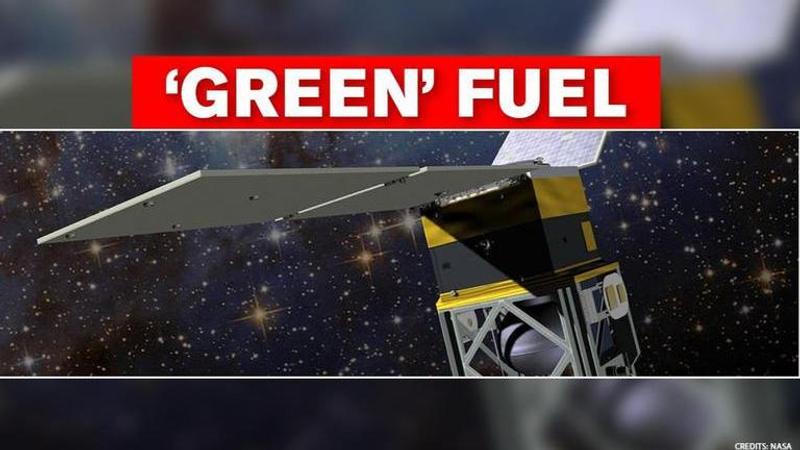Published 08:24 IST, August 21st 2020
NASA finishes testing non-toxic spacecraft fuel, Green propellant mission nears completion
NASA's Green Propellant Infusion Mission (GPIM) has validated a new type of propellant for spacecraft of all sizes which can replace toxic hydrazine.

NASA is one step closer to announcing a non-toxic 'green' fuel for spacecraft. In just over a year since it's launch, the US space agency's Green Propellant Infusion Mission (GPIM) has validated a new type of propellant for spacecraft of all sizes which can replace toxic hydrazine in rocket thrusters.
GPIM scientists tested a never-before-used propellant on Space X's Falcon Heavy rocket and have established that the propulsion system works as intended, thus presenting a viable 'green' alternative for future space endeavors. The demo rocket was launched in June 2019 and successfully fired its five thrusters within a week of being in space; researchers observed the spacecraft over the following months to note the performance of a low-toxic fuel.
Advanced Spacecraft Energetic Non-Toxic (ASCENT) is monopropellant i.e it can burn on its own without a separate oxidizing agent. Earlier known as AF-M315E, the propellant was developed by US Air Force Research Laboratory at Edwards Air Force Base, California.
“This is the first time in 50 years NASA tested a new, high-performing monopropellant in space,” said Tim Smith, GPIM mission manager. “It has the potential to supplement or even replace hydrazine, which spacecraft have used since the 1960s,” he added.
Based at the Marshall Space Flight Center in Huntsville (Alabama), NASA’s Technology Demonstration Mission (TDM) program manages the mission. ASCENT will be next used in NASA's Lunar Flashlight, a small spacecraft that will explore deep lunar craters for the presence of water.
'Green' propellant
The acclaimed 'green' fuel is in fact pink in colour and considered a cleaner alternative for its reduced toxicity compared to hydrazine, which requires protective gear and careful propellant loading procedures. ASCENT is safer to handle and load, requiring minimum personal protective equipment.
In addition to being easier and less expensive to handle on Earth, the new propellant will give spacecraft an edge on the mission while allowing them to travel further and operate longer.
(A researcher examines the ASCENT monopropellant during test flight preparations. Credits: Aerojet Rocketdyne/NASA)
However, the GPIM team had to develop compatible hardware and systems to test the liquid. While in orbit, the scientists tested the propellant and propulsion system -- including the thrusters, tanks, and valves -- in planned series of orbital maneuvers. The mission noted a 50% increase in fuel mileage for the spacecraft compared to hydrazine.
With this, Green Propellant Infusion Mission nears mission completion and the spacecraft has initiated deorbiting. In approximately seven burns, the spacecraft will deplete the propellant tank and burn up in the atmosphere upon it anticipated re-entry in late September 2020.
Updated 08:28 IST, August 21st 2020




